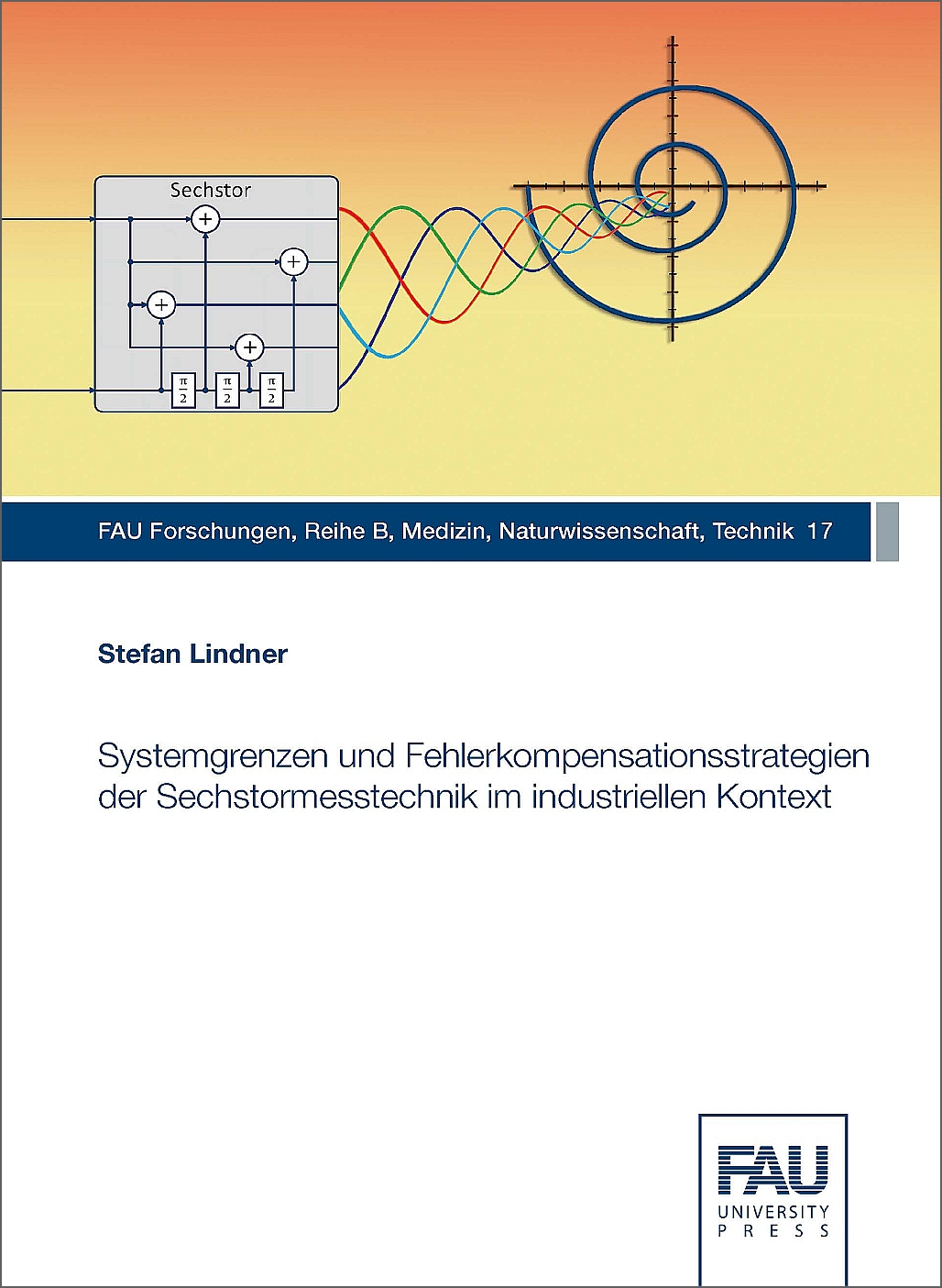Description
For fourty years, the six-port structure has been known as a receiver architecture, but in recent years, it has once again gained the attention of various research groups around the world. This is due to the fact that the implementation of new applications often uses the frequency range above 10GHz and at these frequencies, the implementation of the six-port network is simple and cost efficient. Furthermore, the high phase resolution capability of this architecture has already been demonstrated in several use cases. Due to these properties, the six-port technology is particularly suitable for the emerging field of microwave based industrial sensors, for which low-cost sensors with small footprints are required, achieving both high accuracy and low latency values. The extent to which the six-port is suitable for this application scenarios is the object of investigation of this thesis. After introducing the six-port architecture, important measuring tasks for industrial sensor technology, such as frequency measurement, highly accurate distance measurement and vibration analysis as well as their respective implementations which use the architecture are introduced. Based on these applications, the system design as well as the system limitations are analyzed theoretically and based on simulations. It is shown that in order to reduce the measurement uncertainty, many of the interfering influences can be suppressed by appropriate compensation strategies. In addition, dedicated linearization procedures are presented for distance and frequency measurement. To demonstrate the feasibility of the presented applications, selected demonstrators and their promising results are presented. For the distance measurement, these show accuracies of a few micrometers and for the frequency measurement a relative error less than a few parts per million was achieved. In addition, a first prototype for an industrial distance sensor based on the six-port technology, which is the first commercial realization of this technique for distance measurements, and its optimized development process are presented.


Reviews
There are no reviews yet.